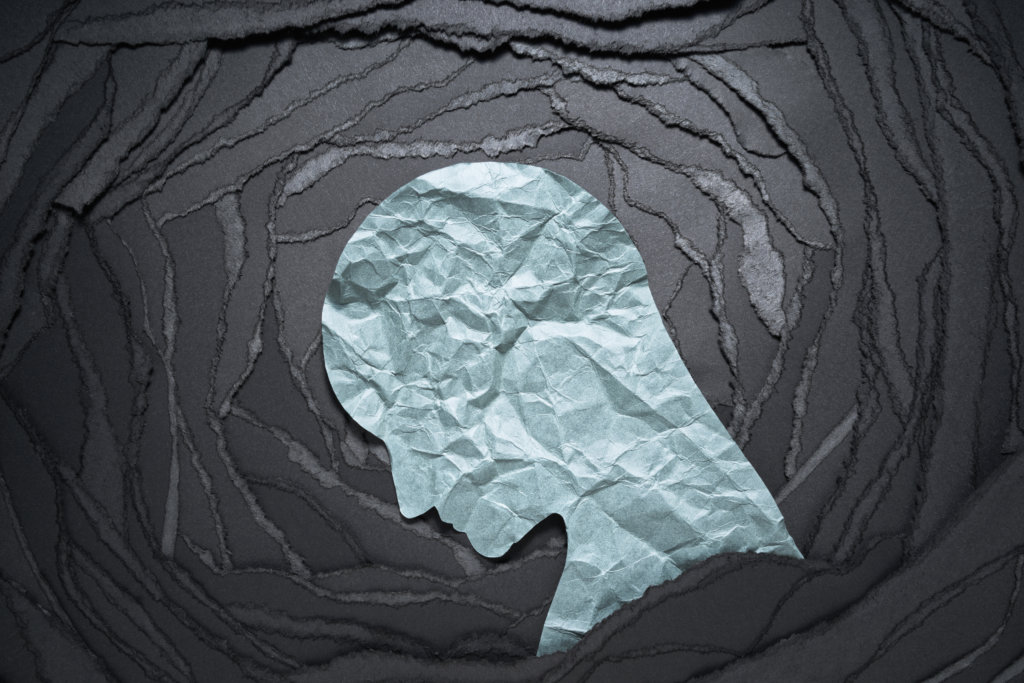Although not a fun feeling, fear is necessary for survival instinct and safety in life-threatening situations. In conditions like PTSD and anxiety, fear can overwhelmingly take over one’s life. Tackling these issues is a huge task, but Swedish scientists may have provided new means for strengthening research when it comes to fear and trauma. Researchers have identified a biological mechanism that influences how strongly fear remains in the brain.
It’s been long speculated that some people are more prone to developing pathological fears caused by disruption in the brain, thus leading to more undesirable fear processing. “We know that the network of nerve cells that connects the frontal lobes to the amygdala is involved in fear responses. The connections between these brain structures are altered in people with PTSD and other anxiety disorders,” explains study lead author Estelle Barbier, an assistant professor in the Center for Social and Affective Neuroscience (CSAN), and the Department of Biomedical and Clinical Sciences (BKV) at Linköping University.
The matter in question now has been how and why this occurs on a molecular level. This team has previously investigated a protein called PRDM2, which suppresses the expression of several genes. They discovered that that there are reduced levels of PRDM2 in alcohol dependence, leading to exacerbated stress responses. In humans this lines up, since many people with alcohol dependence present with anxiety as well.
Now, the same researchers have observed a similar idea through investigating the effects of low levels of PRDM2 on fear memory processing. Memories become long-lasting through a process called “consolidation,” which stabilizes and holds them in place. Their experiments showed that some genes are impacted when there is less PRDM2. The team noticed that as this happens, the activity of nerve cells located in the frontal lobes and amygdala heightens.
These findings are preliminary in the grand scheme of things. While they help explain fear processing mechanistically, how to stop this course of action remains unclear. Further, the team only scratches the surface when it comes to enhanced research efforts related to new therapies that improve clinical outcomes for people with depression, anxiety, and PTSD through erasing their fearful thoughts.
“Patients with anxiety disorders may benefit from treatments that weaken or erase fear memories. The biological mechanism that we have identified involves down-regulation of PRDM2, and we currently do not have any way of increasing it. But the mechanism may be part of the explanation of why some individuals have a greater vulnerability to developing anxiety-related conditions,” concludes Estelle Barbier.
This study is published in the journal Molecular Psychiatry.









-392x250.jpg)


